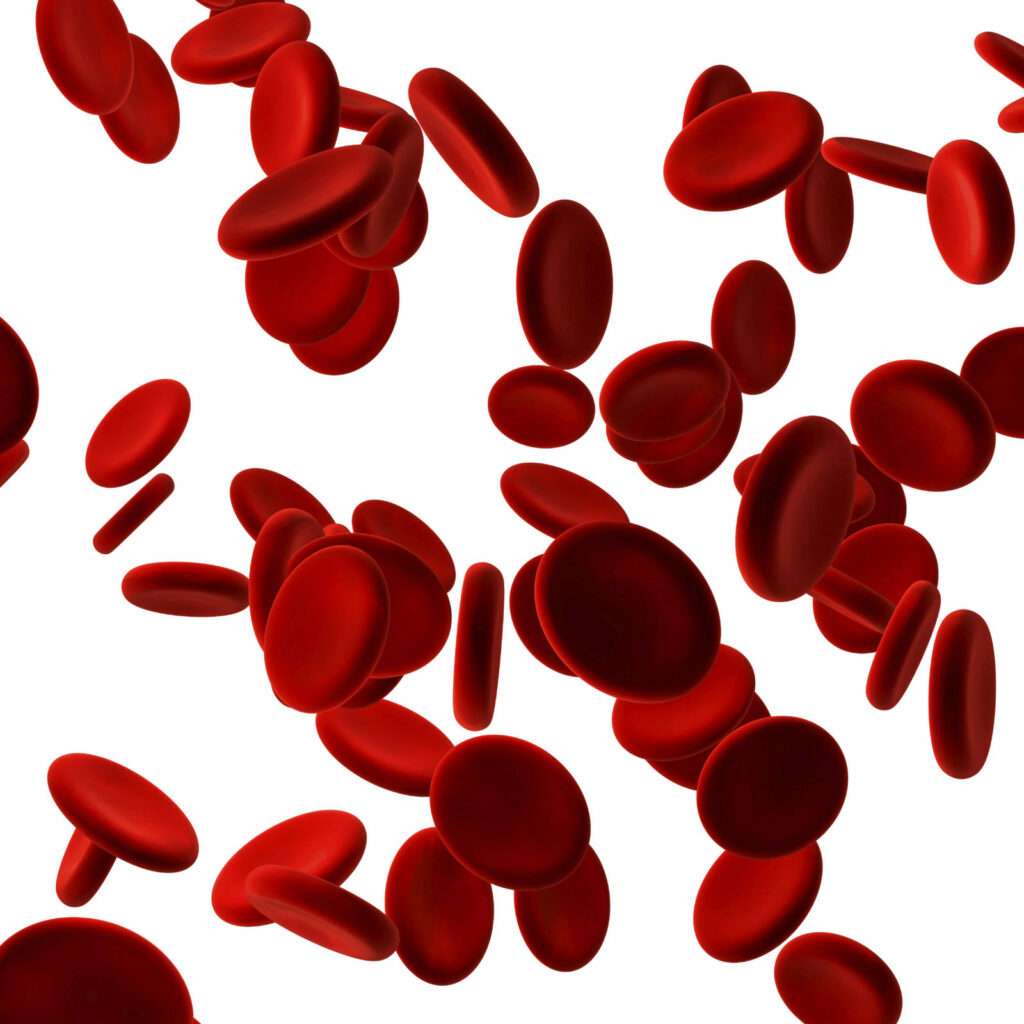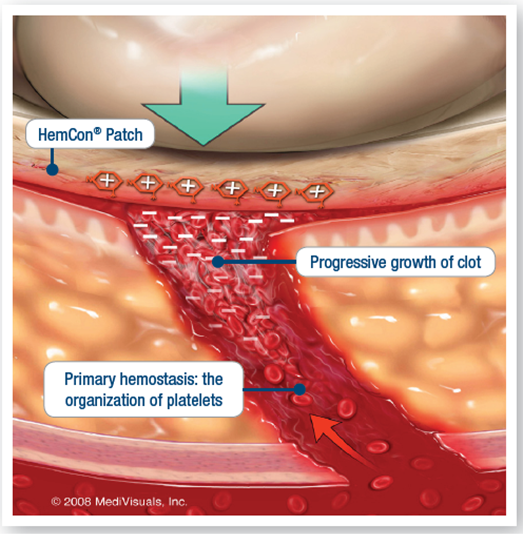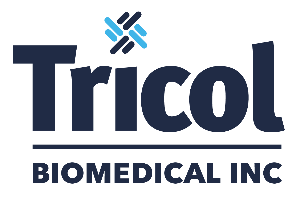Chitosan’s Anti-Bacterial Properties

It has been over one year since the world was shut down in response to COVID-19. Since then, the general population has become more in tune with proper health and safety practices such as washing hands and wearing masks. Wearing a mask has become an important practice used to prevent respiratory droplets from reaching others. Face masks have found their place as a simple barrier to aid in the prevention of illness. Shouldn’t it be just as important that your injuries, whether through planned hospital procedures or unexpected events, are provided that same protection? Many of HemCon’s bleeding control products provide an antibacterial barrier against 24 microorganisms.
As you learned in article 2 of this series Chitosan Performance in the Human Body, the HemCon bandage type dressings provide a technology that adheres tightly to blood and seals the injury site to stop bleeding. Equally important is that this adhesion process also provides an antibacterial barrier, blocking the ability of bacteria to penetrate the wound.

Proper application and removal of HemCon products play an important role here. When HemCon Chitosan dressings come in contact with blood, they essentially create an instant clot, adhering to the wound, creating a very tight seal that can’t be penetrated. The dressing can be left in place on the patient for up to 48 hours providing continuous protection! However, improper technique could jeopardize this important safety feature. Lifting up the dressing and peeking underneath to see if bleeding is controlled can break the strong seal and could compromise the dressing’s ability to provide the bacterial barrier. (Note: Not all HemCon dressings provide this barrier to bacteria. Check the product descriptions on our website for products that carry this claim.)
The antibacterial barrier of HemCon dressings was investigated using a standardized test method, Evaluation of Antibacterial Finishes, where the dressing was exposed to single strains of Staphylococcus aureus (MRSA), Enterococcus faecalis (VRE), and Acinetobacter baumannii. HemCon bandages exhibited a >99% reduction in organisms 24 hours after being exposed to the dressing. The most common microorganisms causing surgical site infection are Staphylococcus aureus and enterococcus faecalis. (Read the full article here.)
The unique properties of chitosan, the correct delivery matrix for the wound type, and good clinical practice produce a powerful barrier against some of the most prevalent bacteria found in hospitals.
